-
It sounds as if cruising (or just being a tourist) in Cuba is not all that economical.Heard from a fly in tourist that they were very disappoint with the accommodations (lack of service) for the cost of the vacation. Maybe Americans should wait a few years?
-
Thanks for your info on current Cuba!
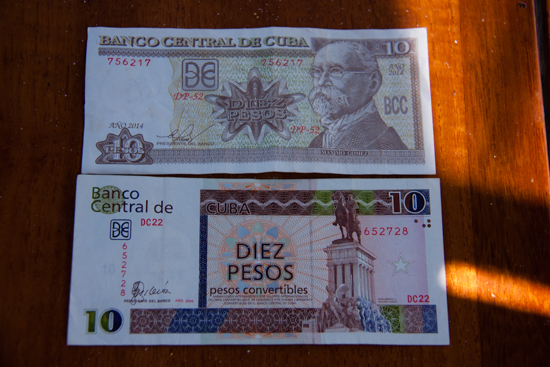

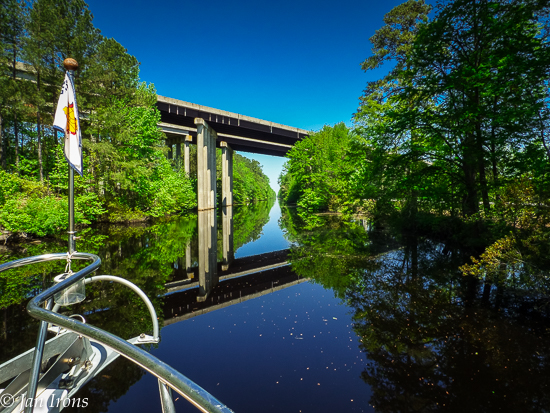
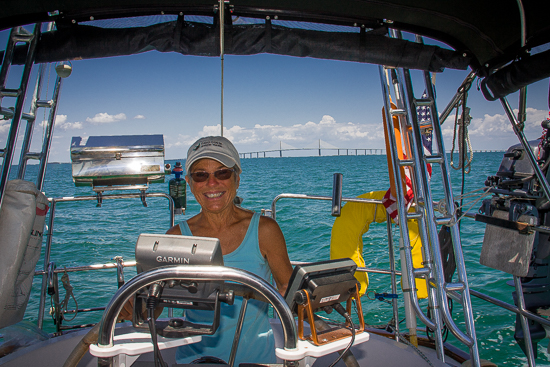







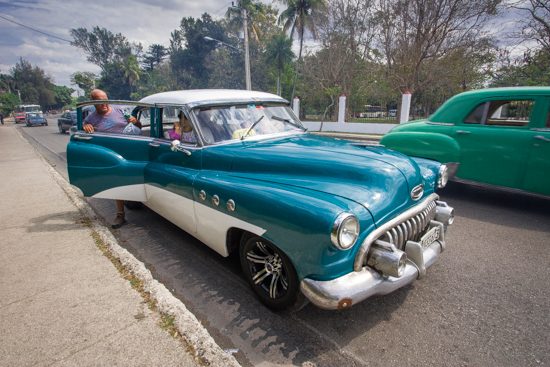
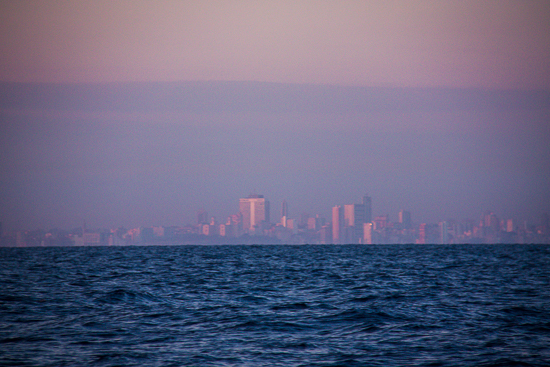
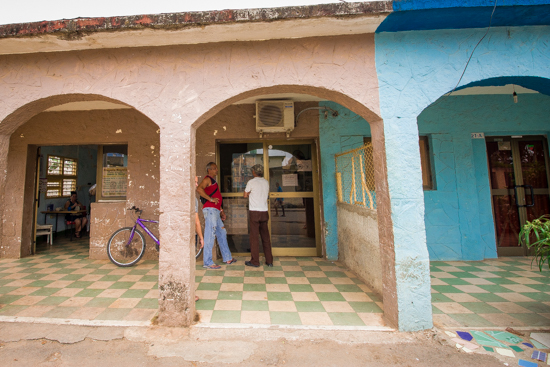
How much money should we take to #Cuba? Since US Citizens cannot get money from any source and marina/immigration/customs fees are not due until you leave, it’s critical to reserve enough money to leave Cuba! It was a hot topic on the docks – since you cannot use Cuban CUC pesos or exchange them anywhere outside Cuba, it’s a Catch 22. You have to have enough to pay your bill, but don’t want to be left with useless CUC$. Money in Cuba can be confusing, hopefully this post will help clarify.
NOTE: We keep hearing that US banks credit cards can be used in Cuba “shortly”. The Marina Dockmaster may have said it best “Ha”. Just because it becomes legal between the two countries doesn’t mean that you can go to an ATM and get CUCs. In our experience, even when credit cards do work in third world countries doesn’t mean you can get money. Sometimes the ATMs don’t work, commonly they don’t have any money, on & on … don’t count on getting money via an ATM in Cuba.
First, know that Cuba has two currencies … the CUC$ or convertible peso which was introduced in 1994 as a “tourist” currency – and originally was tied to the US dollar. Now there’s a “penalty” to use US Dollars, so you don’t get one to one. Whenever you exchange money at a bank/hotel or other place, you’ll likely receive CUC$. According to a retired Cuban economist, they’re trying to merge the two currencies, but the standard of living for normal people needs to be raised to afford to use the CUC$, so it will be a slow process.
The US Dollar is still penalized as of April 2016, but it still may be a better deal than other currencies depending on current exchange rates. For $100 US dollars we got $87 CUC at the bank, marina chandlery and Hotel Acuario (on premise at Marina Hemingway). On the black market (easy to find), you get $90-$95 CUC for $100 US dollars (they prefer $100 US denominations). We didn’t use the black market, but most cruisers did – almost every taxi driver will offer black market CUCs.
The original Cuban peso or CUP is also known as a “peso”. We exchanged CUC for CUP (or Cuban National Peso) at the bank where we exchanged CUC$20 for CUP – Cuban National Pesos. In March/April 2016, the exchange rate was 24 CUP for 1 CUC. Why do you care? Why would you want CUP$? Because all the buses (except tourist tour buses), local markets, local shops and many other places function primarily in CUP, not CUC. A good example, the “Taxi Rutero” – which is the yellow bus with black checkerboard on the side, a step up from the locals bus, takes $5CUP (or about 5 cents). Not thinking they make change from a CUC (which would be approx 19 CUP$).
Many times during our stay, we were told something cost “a peso” – we assumed the CUP when the speaker meant the CUC. Be sure to clarify – or you can assume that whenever you’re told “peso” it means CUC.
For $100 Canadian dollars, you get whatever the exchange rate is at the time – it varied during our stay from $67 – $71 CUC for $100 CA. If you work out the math, because of currency fluctuation, Canadian dollars and US dollars came out just about the same for us. Euro also has the exchange rate issue. A big drawback is that the only place to exchange Canadian or Euros is at a bank or some large hotels (but their exchange rates stink!). Big banks can mean waiting a LONG time. We used the bank in Jaimanitas, and the longest we waited was behind three other people.
Trying to come up with a budget on cash to take to Cuba — take WAY more than you think you might need.
At .70/ft. our 37′ boat would have been roughly CUC$26/day. So for a week, it would have been $182 CUC, NOT US Dollars. $75 CUC per person for immigration for 30 days or less and $55 CUC for the boat. Assuming 2 people plus the boat, that’s $205 CUC for the first week. And $182CUC for each week after.
Electricity at .35 something per kw is twice as expensive as any electricity in the US, so if you know how much you spend for electricity in an US marina, double it. And remember it’s in CUC, NOT US dollars – so if you normally spend $20 US for electricity, expect $40 US, which with the penalty is about $45CUC. Ah so confusing. And if you use water, it’s .06/gallon – our water bill was $6CUC but we didn’t use their water other than to rinse the salt off the boat when we first arrived.
Then add in what you want to do. A day bus tour to Vinales on Gaviota cost the two of us $118 CUC, plus tips etc. Taking a old car taxi to Old Havana each way will run $20 CUC unless you go out to the bus stop and take a collectivo, taxi rutero bus or local bus. So if you went into town every day and paid for the privado taxi, you’d be spending $40 CUC a day on transportation (there are MUCH MUCH less expensive ways to accomplish this, I’ll detail them in a future CommuterCruiser post, but lots of boaters did the private taxi each way thing).
Dinner at a paladar that’s not a “real” palador but a cross between a private house and a restaurant, meals went from between $8-$12 each. Drinks were usually $1.50-$2.50 beer and $2-$4 mojito or glass of wine. On the other hand, we had excellent chicken fried rice at “Papa’s” right in the marina for $4CUC (enough for 2). And we ate a couple “real” paladares – roast pork, boniata, rice plus bean stew and a beer and soda was $130 CUP (or around $5 US). Note that some of the “real” paladares only take CUP because that’s where the locals eat, the “tourist” paladar/restaurants are more expensive, and might or might not have better food.
A Gaviota bus tour to the Cienfuegos and Trinidad was going to be $258 CUC for 2 days. As an alternative, taking a bus (Viazul) to the south coast and staying in casa particulares will run $25CUC per person each way plus $15-$30CUC for a casa particular.
Hopefully this is helpful, we took WAY more cash than we thought we could ever spend and found ourselves watching our CUC’s. And apparently from all the discussion on the docks, we weren’t the only ones! Soon I’ll do a post on being more creative with travel – not just the “tourist” route – makes your budget stretch a LOT longer! P.S. If you want cigars bring MORE! But Havana Club Reserva Anejo rum is cheap at the ship’s chandlery $6CUC/bottle. 🙂
The next post will be directions on how to find the closest bank to exchange money!
Comments? Questions? Please leave a comment and share! Cheers! Jan